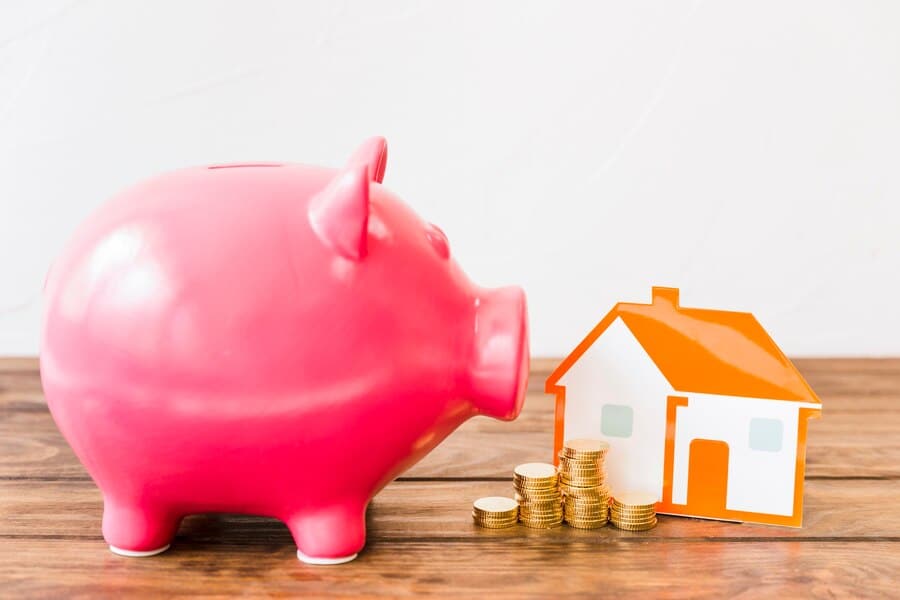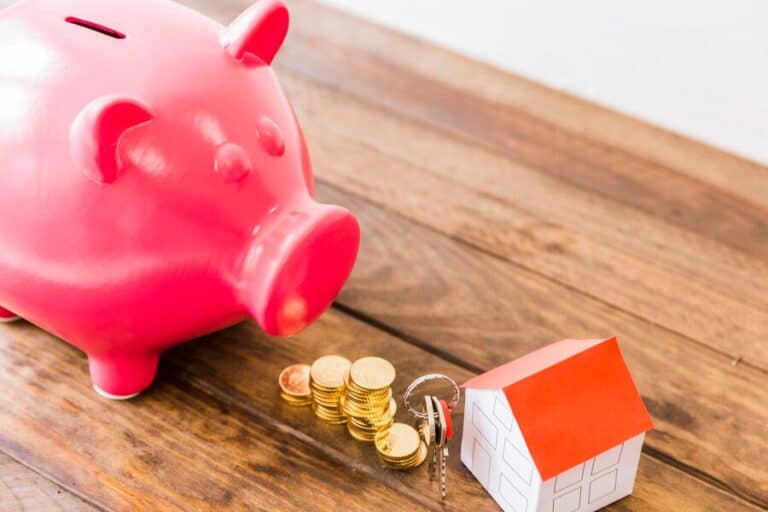Saving for a down payment on a home can feel like a daunting task, especially with rising property prices and the various costs associated with buying a house. However, with careful planning and disciplined strategies, you can make your dream of homeownership a reality. This article outlines effective ways to save for a down payment, helping you navigate the path to owning your own home.
Understanding the Importance of a Down Payment

A down payment is the initial amount you pay when purchasing a home, typically expressed as a percentage of the total purchase price. A larger down payment can lower your mortgage balance, reduce monthly payments, and eliminate private mortgage insurance (PMI) requirements. Generally, aiming for at least 20% of the home’s price is ideal, but there are options available for lower down payments as well.
Effective Strategies for Saving
1. Set a Clear Savings Goal
Start by determining how much you need for your down payment based on your target home price. Setting a clear savings goal provides direction and motivation. For example, if you aim to buy a $300,000 home and want to put down 20%, your goal would be $60,000.
2. Create a Budget
Developing a detailed budget is crucial for understanding your financial situation. Track your income and expenses to identify areas where you can cut back. The 50-30-20 rule is an effective budgeting strategy: allocate 50% of your income to necessities, 30% to discretionary spending, and 20% to savings. This will help you prioritize saving for your down payment.
3. Open a High-Interest Savings Account
Consider opening a high-yield savings account specifically for your down payment savings. These accounts typically offer better interest rates than regular savings accounts, allowing your money to grow faster over time. Look for accounts with no fees and easy access to funds.
4. Automate Your Savings
Set up automatic transfers from your checking account to your savings account each month. Automating your savings makes it easier to stick to your plan without having to think about it. Treat this transfer like any other monthly expense.
5. Cut Unnecessary Expenses
Review your monthly expenses and identify areas where you can cut back. This might include dining out less frequently, canceling unused subscriptions, or finding cheaper alternatives for entertainment. Redirect these savings toward your down payment fund.
6. Increase Your Income
Look for ways to boost your income through side jobs or freelance work. Consider selling items you no longer need or using skills like tutoring or graphic design to earn extra cash. Any additional income should be directed toward your down payment savings.
7. Take Advantage of Windfalls
Whenever you receive unexpected money—such as tax refunds, bonuses, or gifts—consider putting all or part of it into your down payment fund. This can significantly accelerate your savings progress.
8. Explore Down Payment Assistance Programs
Many local and state governments offer down payment assistance programs designed to help first-time homebuyers. These programs may provide grants or low-interest loans that can reduce the amount you need to save on your own. Research what options are available in your area.
Conclusion
Saving for a down payment on a home requires commitment and strategic planning, but it is achievable with the right approach. By setting clear goals, creating a budget, automating savings, cutting expenses, increasing income, and exploring assistance programs, you can make significant progress toward homeownership. Remember that every little bit helps; stay focused on your goal and celebrate milestones along the way!
Frequently Asked Questions
1. How much should I save for a down payment?
While the standard recommendation is 20% of the home’s purchase price, many programs allow for lower down payments—sometimes as low as 3-5%.
2. What is PMI?
Private Mortgage Insurance (PMI) is typically required if you make a down payment of less than 20%. It protects lenders in case you default on the loan.
3. How long does it take to save for a down payment?
The time required depends on how much you save each month and the total amount needed; setting realistic goals can help determine this timeline.
4. Can I use gift money for my down payment?
Yes! Many lenders allow gift funds from family members or friends as part of your down payment; however, documentation may be required.
5. What are some effective budgeting strategies?
The 50-30-20 rule is popular: allocate 50% of income to necessities, 30% to discretionary spending, and 20% to savings.
6. Are there tax benefits associated with saving for a home?
Certain accounts like Health Savings Accounts (HSAs) or Individual Retirement Accounts (IRAs) may offer tax advantages if used correctly; consult with a financial advisor.
7. Should I invest my savings while saving for a home?
If you’re saving for a short-term goal (like buying within five years), it’s generally safer to keep funds in stable accounts rather than riskier investments like stocks.
8. How do I find down payment assistance programs?
Check with local housing authorities or nonprofit organizations that specialize in helping first-time buyers; they often have resources available.
9. What if I have debt while trying to save?
Focus on paying off high-interest debt first while still allocating some funds toward savings; consider debt consolidation if it helps reduce interest rates.
10. Is it better to rent or buy while saving?
This depends on individual circumstances; renting may provide flexibility while saving but weigh the costs against potential benefits of homeownership in the long run.

